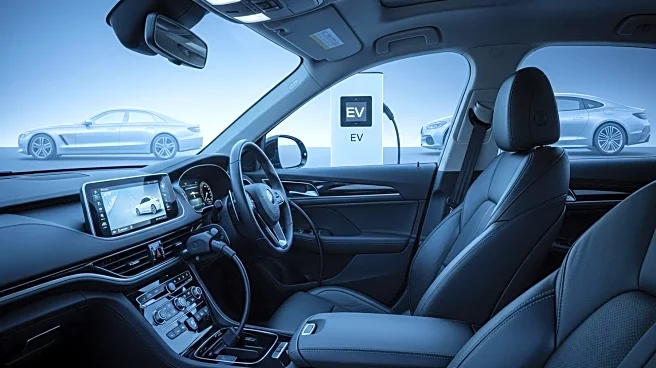What's Happening?
The average sale price for new vehicles in the United States has surpassed $50,000 for the first time, marking a significant milestone in the automotive market. This increase in vehicle prices is attributed to a combination of factors, including supply
chain disruptions, increased production costs, and heightened consumer demand. The automotive industry has been grappling with these challenges, which have been exacerbated by the global semiconductor shortage, affecting the availability and pricing of new cars.
Why It's Important?
The surge in new car prices has significant implications for American consumers and the broader economy. As vehicle prices rise, affordability becomes a concern for many potential buyers, potentially leading to decreased sales volumes and impacting the automotive industry's revenue. This trend may also influence consumer behavior, with more individuals opting for used vehicles or delaying purchases altogether. Additionally, the increased cost of new cars could contribute to inflationary pressures, affecting the overall cost of living for middle-income Americans who are already struggling with rising expenses.
What's Next?
The automotive industry is expected to continue facing challenges related to supply chain disruptions and production costs. Manufacturers may need to explore alternative strategies to mitigate these issues, such as diversifying supply sources or investing in new technologies to reduce dependency on scarce components. Policymakers and industry leaders might also consider measures to support consumers, such as incentives for purchasing electric vehicles or initiatives to stabilize the supply chain. The ongoing situation will require close monitoring to assess its impact on the economy and consumer markets.













